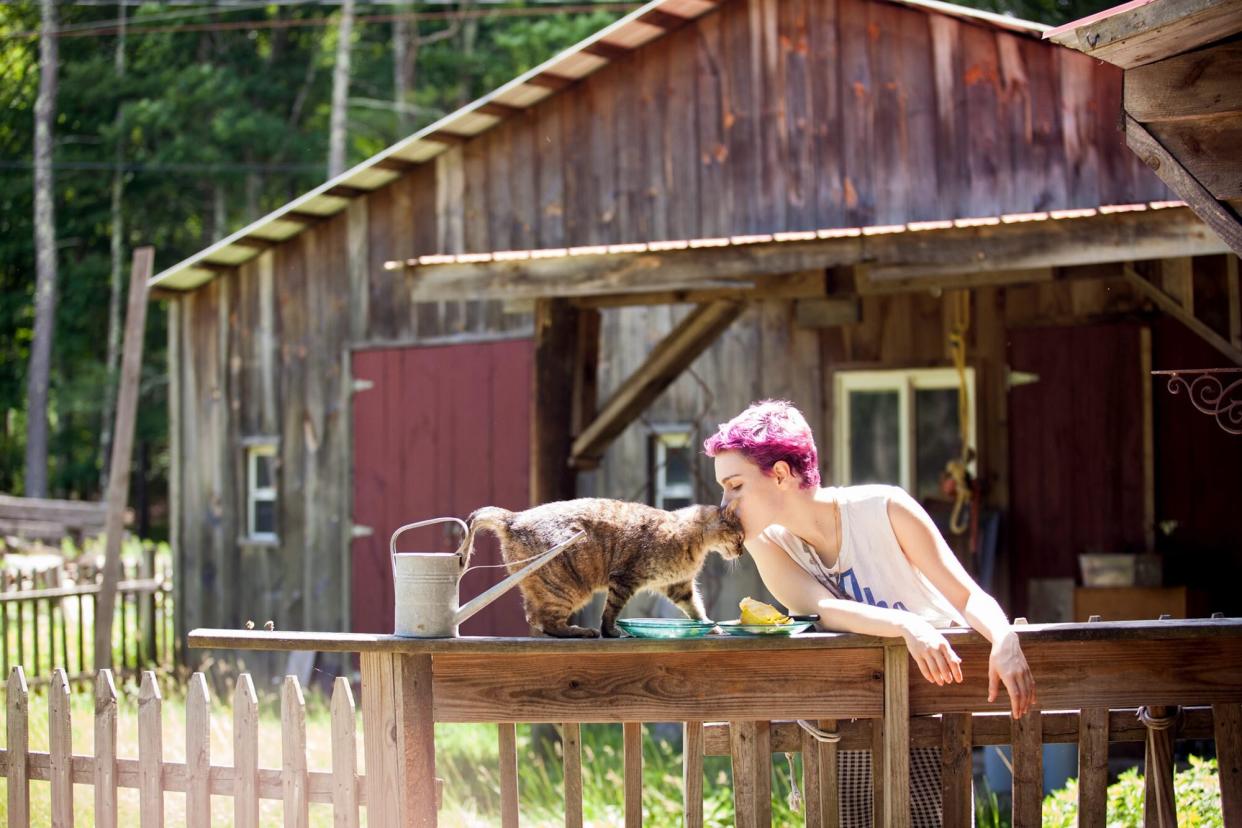What the Heck is Flea Dirt and How Do You Get Rid of It From Dogs, Cats, and Your Home?

Cavan Images / Getty
TABLE OF CONTENTS
On This Page
What Is Flea Dirt?
Is Flea Dirt Dangerous?
How To Get Rid of Flea Dirt
How To Treat Your Home for Flea Dirt
How To Prevent Fleas and Flea Dirt
When your poor pooch or kitty scratches a lot, it's natural to think it might be fleas causing their irritation. But what is flea dirt, and how does it affect them? To get the lowdown on it, we asked Melissa Hall, DVM, a consultant for Dutch Pet, Inc., who's a board-certified veterinary dermatologist and an associate with Animal Dermatology Clinic.
What Is Flea Dirt?
"Flea dirt is actually the feces of adult fleas," Hall says. "If you find flea dirt on your pet, it means that your pet has fleas, and they only produce flea dirt after they've been on your pet long enough to consume a blood meal (via biting) and digest that meal."
What does flea dirt look like? Hall says if you suspect these little buggers are out of control, you can do a flea dirt test:
Find a spot where your dog or cat sleeps the most.
If you see flecks that are dark red–to–black in color, flick some of them onto a white piece of paper.
Apply water. If it leaks a red color, it's flea dirt. "This is because flea dirt is made up of animal blood that's not completely digested," Hall says.
Ugh. Gross.
Usually there's a concentration of it on bellies and near behinds, but it's often harder to spot on cats than dogs because kitties groom more regularly. Here are some photos of what flea dirt looks like.
"Flea dirt means there are adult fleas living on your pet," Hall says. "Adult fleas only make up about 5 percent of the total flea population as eggs, larval, and pupal stages of the fleas are also in the environment." Ew. I'm not scratching, you're scratching.
RELATED: What to Know About Canine Parasites
Is Flea Dirt Dangerous?
Well, sort of, because it's a big red flag alerting you to a greater problem: the flea treatment you've been using on your dog or cat isn't working properly.
"Fleas carry many, many potential diseases which will induce illness in cats, dogs, and humans," Hall says. "As high as 80 percent of fleas collected from cats have been demonstrated to carry at least one organism which can trigger illness in cats and humans." So a flea infestation that leaves poo behind might also cause:
Bartonellosis (also known as cat scratch fever), which is carried by fleas and found in flea dirt. If a cat is infected with this, a human can be, too.
Flea-borne parasites, like tapeworms, can also occur when your pet swallows an infected flea.
Hall says fleas are also responsible for transmitting severe illnesses to humans such as typhus and plague.
However, an invasion of these nasties large enough to leave flea dirt on dogs or cats isn't necessarily the cause of their allergies.
RELATED: Common Feline Parasites and Their Warning Signs
How To Get Rid of Flea Dirt on Pets
A good non-irritating shampoo is the first step. "Flea dirt should be washed off the pet with a thorough bath and for severely affected pets, two or three rounds of shampooing may be necessary," Hall says. "A flea comb (a small fine-toothed comb) can also be used to tease the dirt and live fleas out of the hair."
How To Treat Your Home for Flea Dirt
Clean, clean, clean. "All bedding should be washed, and carpets vacuumed several times to attempt to remove all the flea feces, eggs, and larvae," Hall says.
Remember: fleas can complete their entire life cycle indoors. "Inside, the highest levels of these immature flea stages are often in the bedroom and the living room, and can be found in carpets and wood floors," she adds. Also look in areas such as shaded regions outdoors with sand and/or organic material, which she says are preferred by the immature flea stages.
How To Prevent Fleas and Flea Dirt
Hall says both dogs and cats are affected by these bloodsuckers, even though in North America the prominent flea causing all the problems is the 'cat flea': Ctenocephalides felis felis.
She adds that a consistent and strict flea protocol all year long is the best strategy to prevent fleas and flea dirt. That means giving them their preventative flea treatment all year round—not just during warmer months. You might also have to regulate the humidity and temperature in your home, as immature flea stages flourish with a humidity of 70-80 percent and temps of 70–80 degrees.
If you or your pet is struggling with fleas and their poop, Hall recommends reaching out to a veterinarian to help guide you in solutions to eradicate and prevent future flea infestations in your home and your pets.

